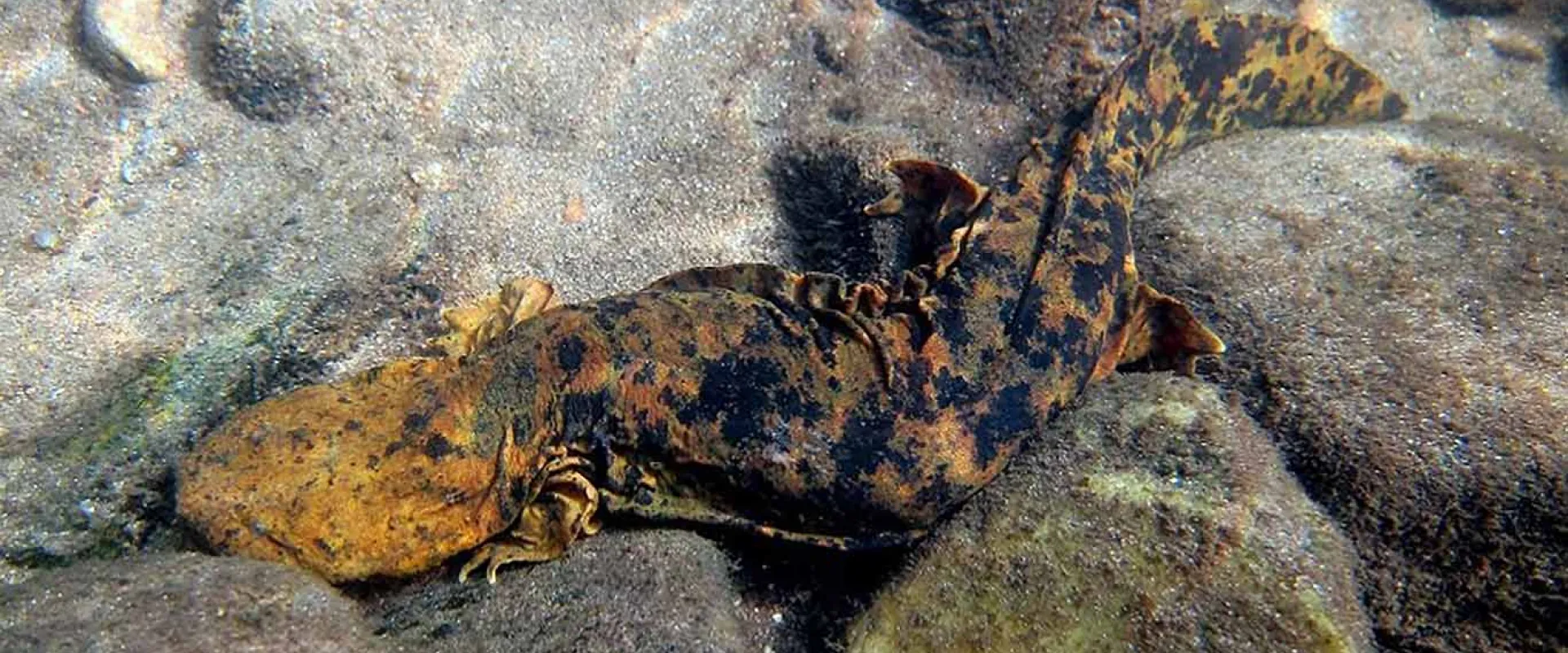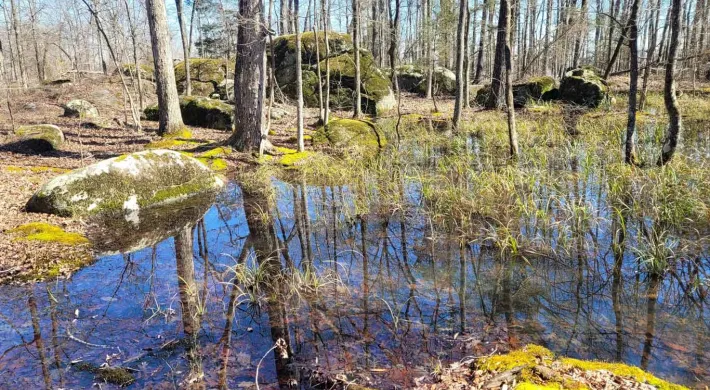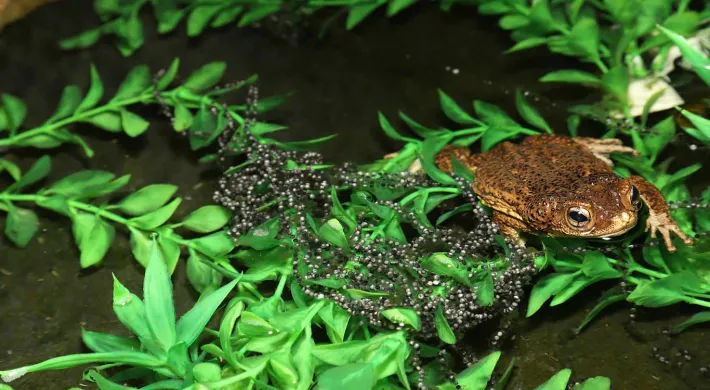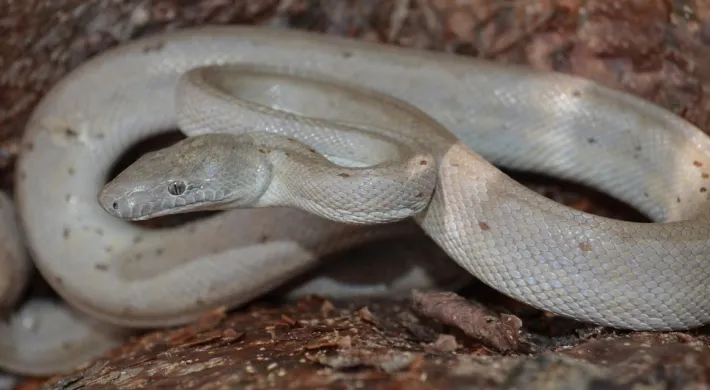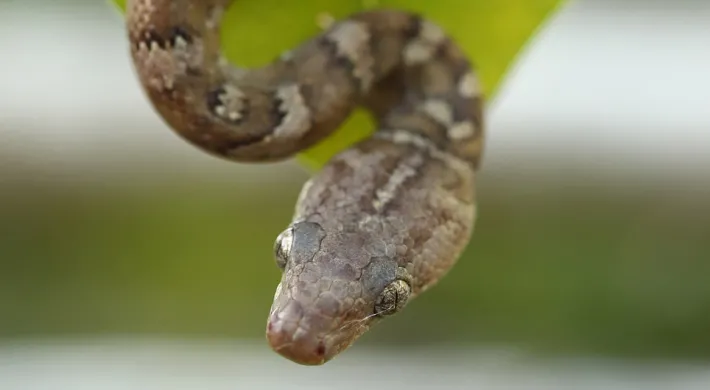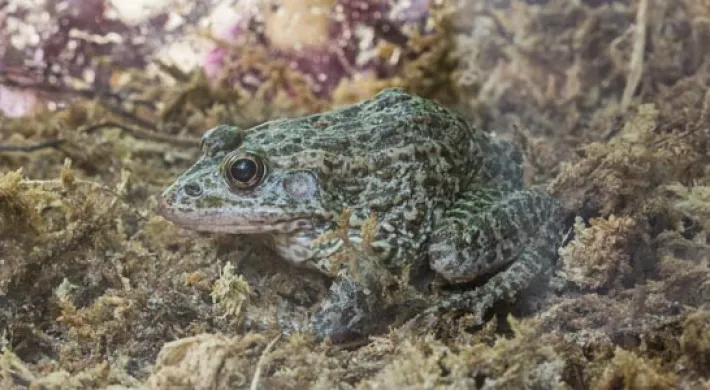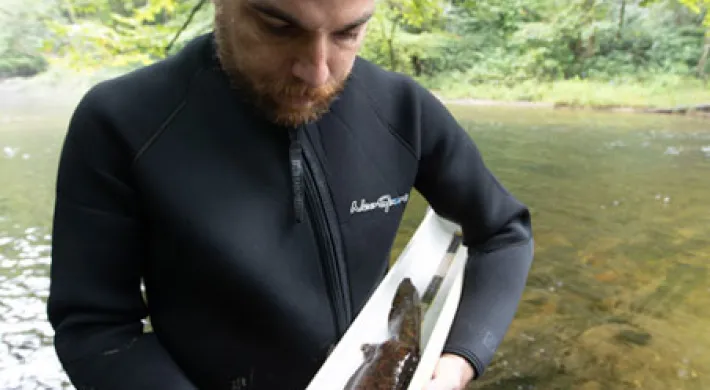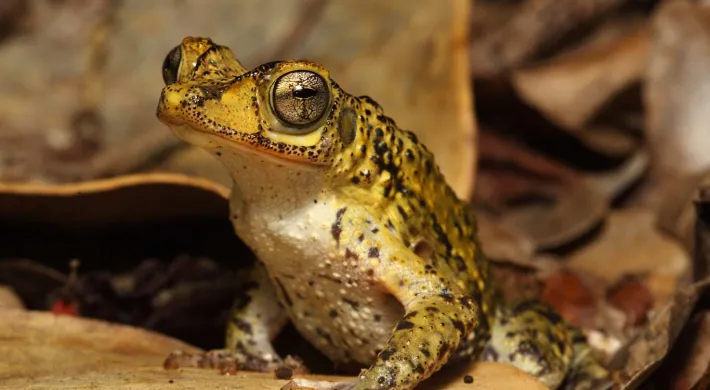The North Carolina Zoo is committed to protecting wildlife populations and their natural habitats right here in North Carolina. We are working to protect several of North Carolina’s flagship species, like Eastern hellbenders and our state frog, the Pine Barrens treefrog.
Providing a Safe Home for One of North America’s Largest Salamanders
Home to nearly 100 species of amphibians, North Carolina is a hotspot of amphibian diversity, including more species of salamanders than anywhere in the world. Unfortunately, many species are in decline.
Eastern hellbenders are a type of salamander known locally as “Snot Otters”. They require clean, well-oxygenated rivers with plenty of prey items, and appropriate shelter and nest rocks. Due to the ongoing degradation of streams and surrounding habitats, most of North Carolina’s hellbender populations are in decline. The Zoo is working with the North Carolina Wildlife Resources Commission to bolster populations by installing artificial nest boxes in streams where hellbenders occur. The nest boxes are designed to withstand fast-moving rivers while protecting the hellbenders and their eggs inside. We are also monitoring these sites to determine the effectiveness of the boxes in different areas.
Protecting North Carolina’s Frogs
Many of our state’s endangered amphibians live in the Piedmont/coastal plain and are species of the long-leaf pine ecosystem. Gopher frogs and ornate chorus frogs, both state-endangered species, breed during winter rain events in ephemeral wetlands. Each winter, we visit these ponds with staff from the Wildlife Resources Commission to conduct egg mass surveys and collect a small portion from each egg mass for head-starting. The eggs are transported to the zoo to hatch and we raise the tadpoles to small frogs. Once they’ve morphed, they are marked, measured, and released back into the wild. This effort gives the individuals a higher chance of surviving to be adults. In addition to releasing at the historic breeding sites, we are also expanding this effort to include recently restored wetlands.
